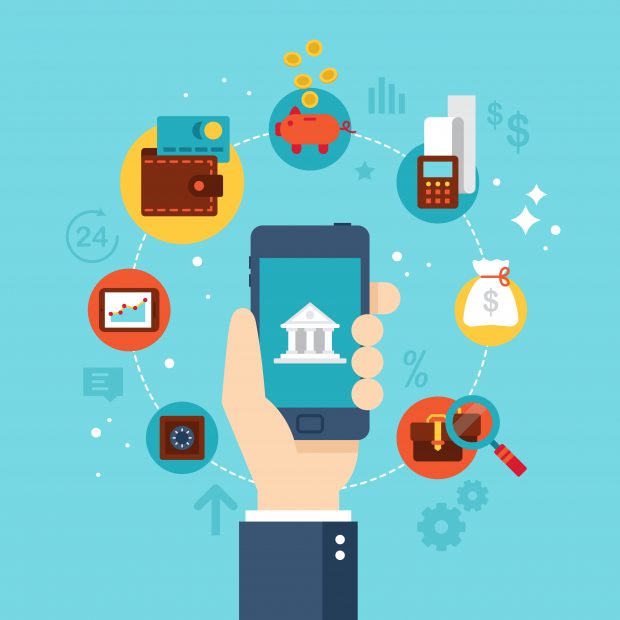 Source: Shutterstock.
Source: Shutterstock.
Demand for contactless payments and digital services is rising among credit union members and other banking customers, according to recent data from the Santa Clara, Calif.-based Ondot Systems.
The fintech provider said in a webinar on Thursday that contactless payments jumped from 2.3% of in-person spend on March 2 to 4.8% on March 9. Of the 30% of consumers who tried contactless for the first time in March, 70% said they would continue using contactless payments when things get back to normal, it also reported.
Recommended For You
"Contactless is up significantly as people try to figure out a way to avoid touching more things than they have to," Ondot Systems Senior Director of Marketing Chris Harris said.
Average card-not-present spend as a percentage of total card spend also jumped from 14% in mid-February to 27% in mid-March, Harris noted.
"If I were one of the issuers who is lagging in that particular metric, I'd want to know: How do I capture more of the online spend? How do I get into the digital wallets?" he said.
Connie Davis, SVP of digital commerce at FIS, said payments volumes are shifting among merchant categories, and new card acceptors are beginning to emerge and promote card payments because they're not seeing customers in person.
"We're going to see consumer segments really starting to explore e-commerce and m-commerce," she said. "I thinks it's really a shift overall to what I would consider presence-free banking interaction, sales and support interactions really to align with the mobile and online payments that we're seeing."
ICBA Bancard President/CEO Tina Giorgio said the coronavirus outbreak has created other shifts in consumer behavior, too.
"I got some data from one of our banks yesterday and they have actually seen a 10% increase in remote deposit capture, a 30% increase in chat — and, you know, a lot of people wouldn't have used chat, even secure chat, in the past. Their bill payment is up 12%. And their mobile adoption across their organization — their goal for the year was 45% penetration, and they're 40% at the end of the first quarter because they saw such a sharp increase in the number of mobile banking users."
What Issuers Need to Do Now
The flight to digital means many members are trying out certain features and services for the first time, Giorgio said. And that means more people are reaching out for guidance and support as they learn. Issuers can do four things to optimize and improve that support, she said.
1. Instructional videos
"Throw them up on your website; throw them up on YouTube. Demonstrate how you enroll for mobile banking, demonstrate how you deposit a check; those are quick, easy videos. Nobody's expecting Hollywood production," she said. "We're all watching TikTok and Instagram and streaming services; nobody expects perfection anymore. It's okay to just sit down and flash a screen and talk and film it."
2. Emails with links to instructions on your website
"I know banks don't like to tell customers to click on a link in an email, so direct them to those locations where they can find those instructions themselves," she said.
3. FAQs
"If you're getting repeat questions, just refresh FAQs on your website and keep updating them. Make them easy to find so that customers can self-serve if they elect to," Giorgio added.
4. Chat
"As long as you have a secure chat mechanism, it's an easy way to service a lot of your younger customers who are more comfortable with using a chat service," she said.
Rethink Rewards
Consumers are facing new areas of friction in processes or procedures, and they're trying to learn how to pay for things differently, Davis said. That can be an opportunity to connect with struggling members.
"Can you shift some things in your loyalty program as an alternate form of currency? Can you use some of those programs to help them pay for things that they couldn't afford?" she said. "We're seeing some examples of issuers that are doubling cash back credit at times like this, or they may be redeeming points for groceries, allowing or opening up subscription services, [or] thinking about health and wellness options."
Card issuers could even let members apply points toward family and home-based entertainment packages, she added.
Watch for Fraud and Friction
"This is a prime time for fraud, so what's your first target for fraud? It's accounts that haven't been used in a while." Giorgio said.
Criminals are also coming after stimulus checks, pretending to be sick employees, trying to get access to accounts, changing invoices to other bank accounts, changing wire transfer information and compromising emails, Davis noted.
Identity fraud will be an issue as well, Giorgio said. "Fraudsters are going to try and cash these checks multiple times or counterfeit them," she warned.
Think About Tomorrow
The coronavirus outbreak will end, but the new habits members are forming these days might stick around.
"I think the automation that we're kind of forcing them to really get to know — the simplified ways of paying, or the ways that they're going to be learning these new experiences — I think that's going to naturally extend as we go back to normal," Davis said. "They're going to really understand that if you could talk to me in those mechanisms then, how come we can't continue doing that?"
© Touchpoint Markets, All Rights Reserved. Request academic re-use from www.copyright.com. All other uses, submit a request to [email protected]. For more inforrmation visit Asset & Logo Licensing.






